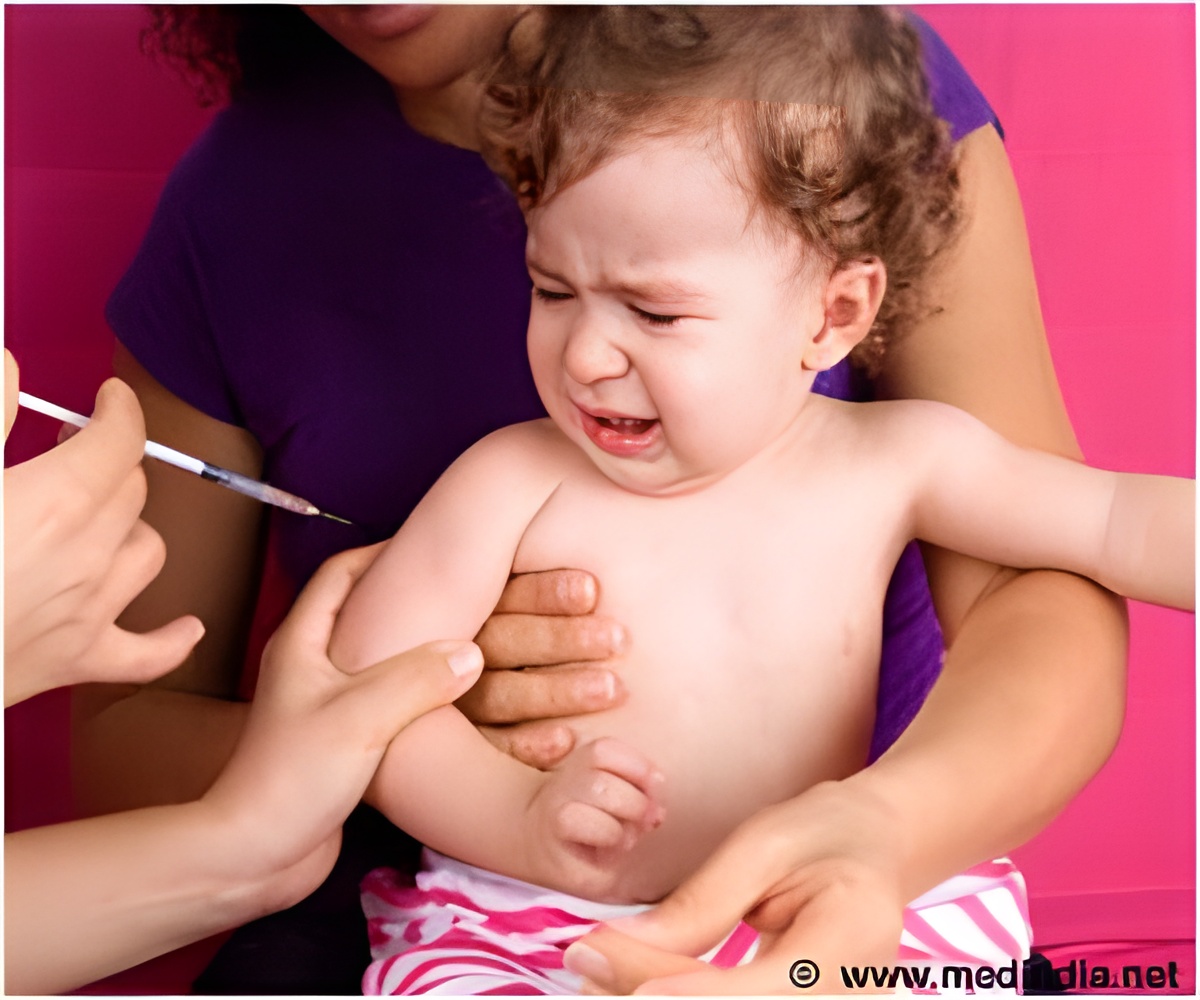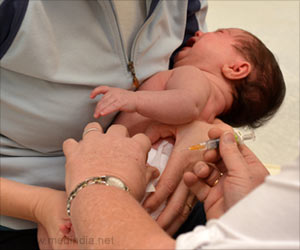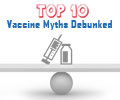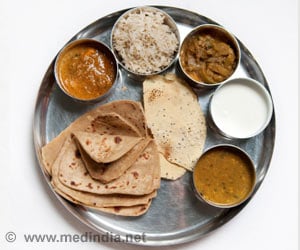Free vaccinations are provided through government hospitals in rural areas and community health workers also create awareness on vaccinations in villages.

"Urban areas have pockets of slums where health care services are not reaching. People in rural areas often have access to health care in government hospitals that deliver free vaccinations. Community health workers and public health centers have also done a good job of spreading vaccination message in villages,” said Dr.Nijika Shrivastwa.
Although India is a leading producer and exporter of vaccines, the country is home to nearly a third of the world's unimmunized children. Only 57 percent of children younger than 3 are fully vaccinated, said the researchers.
"This study highlights the need to develop a much better understanding of the social factors that influence childhood vaccination and the role that infrequently examined issues —such as caste, religion, sex, residence and poverty — play in determining whether or not a child receives potentially life-saving immunizations in India," said Dr. Matthew Boulton, senior author of the study and senior associate dean for global public health at U-M.
The study broke down the vaccination rate based on residence, religion, wealth, gender, maternal age and education. The researchers found that the vaccination rate also differs considerably based on religion.
Children from Muslim families have significantly poorer vaccination outcomes, while Sikh children are better immunized when compared to Hindu children. Sikh children are 14 percent more likely to be better vaccinated and Muslim kids are 122 percent more likely not to be vaccinated, said the report.
Advertisement











